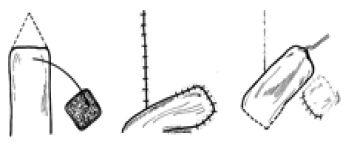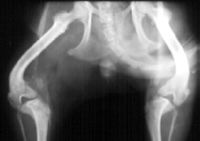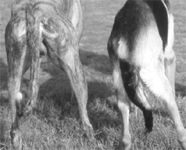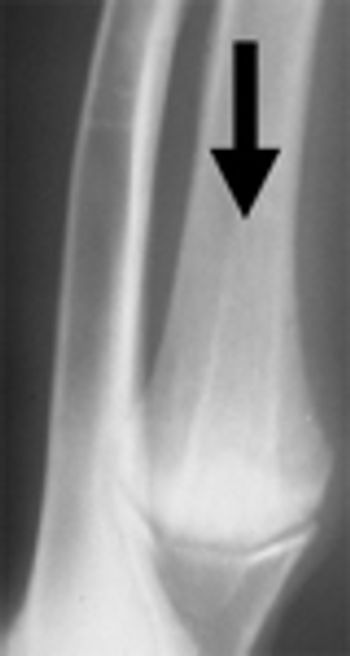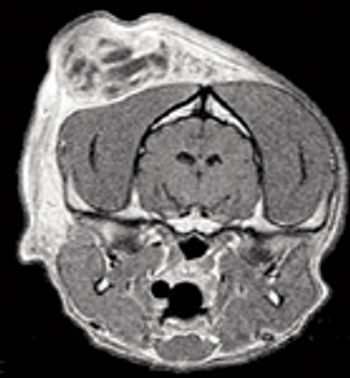
The group of animals commonly referred to as "fish" is a paraphyletic group of some 30,000-plus described species (www.fishbase.org). That is, it includes all of the descendants of the common ancestor of the vertebrates (subphylum Vertebrata) with the exception of the tetrapods (subclass Tetrapoda–amphibians, reptiles, birds, mammals, totaling around 23,000 species), a fairly significant branch of the subclass Sarcopterygii alongside lungfish and coelacanths.

